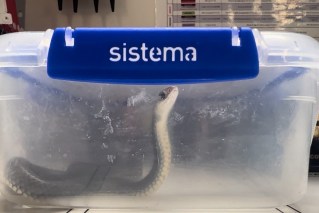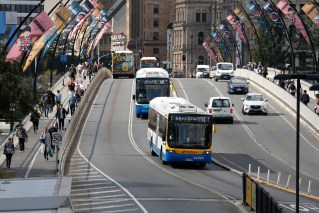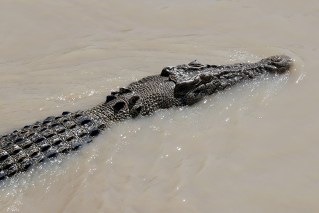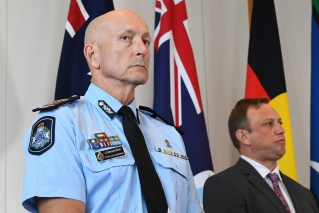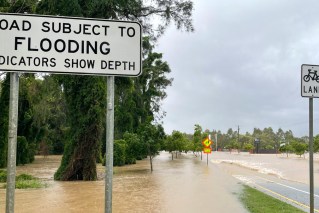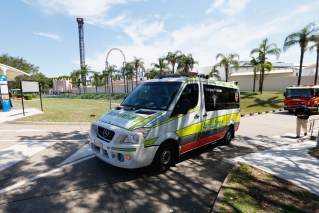Patients wait 12 weeks for a GP in Queensland
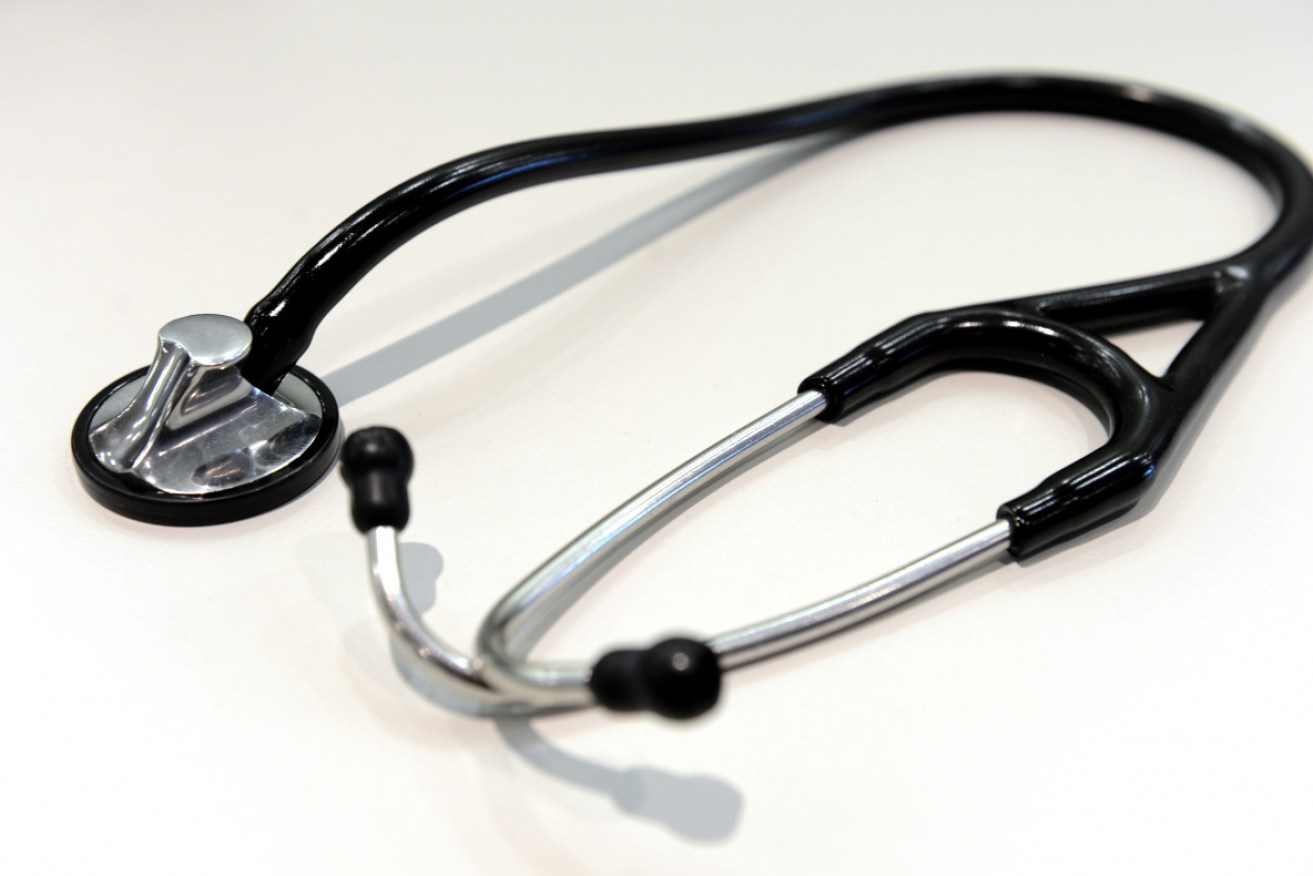
About 120 million people worldwide have been prescribed diabetes drug metformin. Photo: AAP
The doctor shortage in rural Queensland has left some patients waiting for up to 12 weeks to see a GP, while Indigenous health services are spending millions of dollars on locum doctors, an inquiry has been told.
Hayley Mattson-Finger, from the youth mental health service Headspace, says young people can wait anywhere between nine and 12 weeks to see a doctor at the Super GP Clinic in Emerald, in the central highlands.
“With a delay of three months … we start to see a decline in their wellbeing,” Ms Mattson-Finger told the Senate inquiry into GP services in rural Australia on Thursday.
She said telehealth services are not a suitable alternative for young people, who value trusting relationships in their community.
“We know the moment we introduce a clinical feel is the moment we see a disengagement,” she said.
“We then start to see a deterioration in their mental health.”
Matthew Cooke, the head of the Nhulundu Health Service in Gladstone, said the nation’s 141 Indigenous community-controlled health organisations receive roughly $400 million from the federal government’s $1.6 billion Indigenous Australians’ Health Program.
That leaves the Nhulundu service with $1 million per year for 5000 clients.
Mr Cooke said the service has not been able to recruit permanent doctors, so it has spent $3.5 million employing locum doctors over the last five years.
“If you reflect broadly on it, it plays into the ability to attract, retain and afford the workforce and also getting that model of care right,” he said.
Dr Marco Giuseppin, from the Royal Flying Doctor Service in Mount Isa, said the doctor shortage in rural areas is intensified by a “geographic narcissism” in hospital training.
“When focuses of leadership are based in metropolitan areas, decisions are often made that are counterproductive to rural and remote health,” Dr Giuseppin said.
“We’re seeing this in an increasing amount in our hospital systems throughout Australia.
“An emphasis on credentials that are often acquired in the city further drive our young medical practitioners to seek out training opportunities in those settings, after which they’re unlikely to return to rural and remote practice.”
The Senate inquiry is due to report by June.

